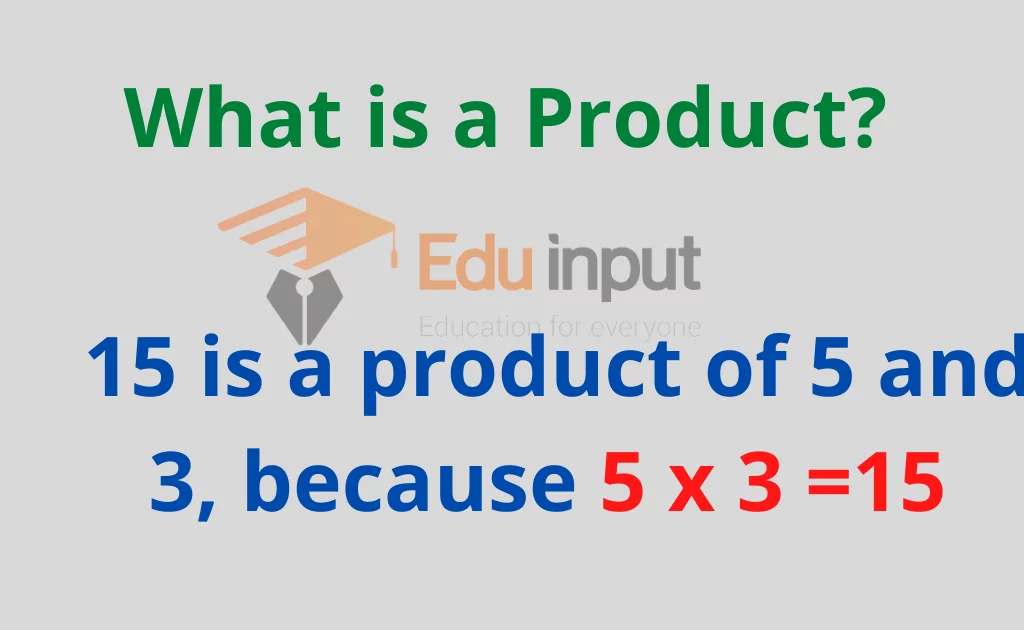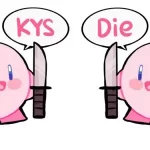Understanding the Concept of Product in Mathematics
In mathematics, the term “product” refers to the result of multiplying two or more numbers or expressions. It is a fundamental operation in arithmetic and algebra, serving as a building block for more complex mathematical concepts. This article will explore the definition of product, its properties, applications, and various contexts in which it appears, including arithmetic, algebra, and calculus. Additionally, we will provide examples, a FAQ section, and a table summarizing key points related to the product.
1. Definition of Product
The product is defined as the result obtained when two or more numbers (factors) are multiplied together. For example, in the expression 𝑎×𝑏=𝑐, 𝑐 is the product of 𝑎 and 𝑏.
2. Basic Properties of Product
The product operation has several important properties:
- Commutative Property: The order of multiplication does not affect the product. For example, 𝑎×𝑏=𝑏×𝑎.
- Associative Property: When multiplying three or more numbers, the way in which they are grouped does not affect the product. For example, (𝑎×𝑏)×𝑐=𝑎×(𝑏×𝑐).
- Distributive Property: The product can be distributed over addition. For example, 𝑎×(𝑏+𝑐)=(𝑎×𝑏)+(𝑎×𝑐).
3. Types of Products
There are several types of products in mathematics, including:
3.1. Scalar Product
In linear algebra, the scalar product (or dot product) is an operation that takes two vectors and returns a single number (a scalar). The scalar product of vectors 𝑎 and 𝑏 is defined as:
where 𝜃 is the angle between the two vectors.
3.2. Matrix Product
In linear algebra, the matrix product is an operation that takes two matrices and produces a third matrix. The product of matrices 𝐴 and 𝐵 is defined if the number of columns in 𝐴 is equal to the number of rows in 𝐵. The elements of the resulting matrix are calculated as follows:
where 𝐶𝑖𝑗 is the element in the 𝑖-th row and 𝑗-th column of the product matrix.
3.3. Cross Product
The cross product is an operation on two vectors in three-dimensional space that produces a third vector perpendicular to the plane formed by the original vectors. The cross product of vectors 𝑎 and 𝑏 is defined as:
where 𝑛 is a unit vector perpendicular to the plane containing 𝑎 and 𝑏.
4. Applications of Product
The concept of product is widely used in various fields of mathematics and its applications:
4.1. Arithmetic
In arithmetic, the product is used for basic calculations, such as finding the total cost of multiple items or calculating areas and volumes.
4.2. Algebra
In algebra, products are used in polynomial multiplication, factoring, and solving equations. For example, the product of two binomials can be expanded using the distributive property.
4.3. Calculus
In calculus, products are encountered in the context of derivatives and integrals. The product rule is used to differentiate products of functions, while integration by parts is used to integrate products of functions.
5. Examples of Product
Here are a few examples to illustrate the concept of product:
- Example 1: The product of 4 and 5 is calculated as follows:
4×5=20
- Example 2: The product of (𝑥+2) and (𝑥+3) can be expanded as follows:
(𝑥+2)(𝑥+3)=𝑥2+5𝑥+6
- Example 3: The scalar product of vectors 𝑎=(2,3) and 𝑏=(4,1) is calculated as:
𝑎⋅𝑏=2×4+3×1=8+3=11
6. Summary Table of Key Concepts
| Concept | Definition | Example |
|---|---|---|
| Product | Result of multiplying two or more numbers or expressions | 3×4=12 |
| Commutative | Order of multiplication does not change the product | 𝑎×𝑏=𝑏×𝑎 |
| Associative | Grouping of factors does not affect the product | (𝑎×𝑏)×𝑐=𝑎×(𝑏×𝑐) |
| Scalar Product | Dot product of two vectors resulting in a scalar | 𝑎⋅𝑏=11 |
| Matrix Product | Multiplication of two matrices resulting in a new matrix | 𝐶𝑖𝑗=∑𝑘=1𝑛𝐴𝑖𝑘𝐵𝑘𝑗 |
| Cross Product | Vector product resulting in a vector perpendicular to the original vectors | 𝑎×𝑏 |
7. FAQ Section
Q1: What is the product of two negative numbers?
A: The product of two negative numbers is positive. For example, −3×−4=12.
Q2: How do you calculate the product of fractions?
A: To calculate the product of fractions, multiply the numerators together and the denominators together. For example, 23×45=2×43×5=815.
Q3: What is the product of zero and any number?
A: The product of zero and any number is always zero. For example, 0×5=0.
Q4: Can the product of two numbers be negative?
A: Yes, the product of a positive number and a negative number is negative. For example, 3×−4=−12.
Q5: What is the product of a number and one?
A: The product of any number and one is the number itself. For example, 7×1=7.
Q6: How do you find the product of polynomials?
A: To find the product of polynomials, use the distributive property (also known as the FOIL method for binomials) to multiply each term in one polynomial by each term in the other polynomial.
Q7: What is the product rule in calculus?
A: The product rule states that if you have two functions 𝑢(𝑥) and 𝑣(𝑥), the derivative of their product is given by (𝑢⋅𝑣)′=𝑢′⋅𝑣+𝑢⋅𝑣′.
Q8: How do you calculate the product of large numbers?
A: For large numbers, you can use long multiplication, or for very large numbers, you can use scientific notation to simplify the calculation.
Q9: What is the difference between the product and the sum?
A: The product is the result of multiplication, while the sum is the result of addition. For example, the product of 3 and 4 is 12, while the sum of 3 and 4 is 7.
Q10: Where can I find more information about mathematical products?
A: For further information, you can visit Wikipedia on Product (mathematics).
Conclusion
The concept of product is a fundamental aspect of mathematics, encompassing various operations and applications across different fields. Understanding how to calculate products, along with their properties and types, is essential for mastering arithmetic, algebra, and calculus. By exploring the examples and methods outlined in this article, you can enhance your mathematical skills and apply these concepts in various scenarios. If you have further questions or need clarification, feel free to consult additional resources or seek assistance from educators or tutors.



